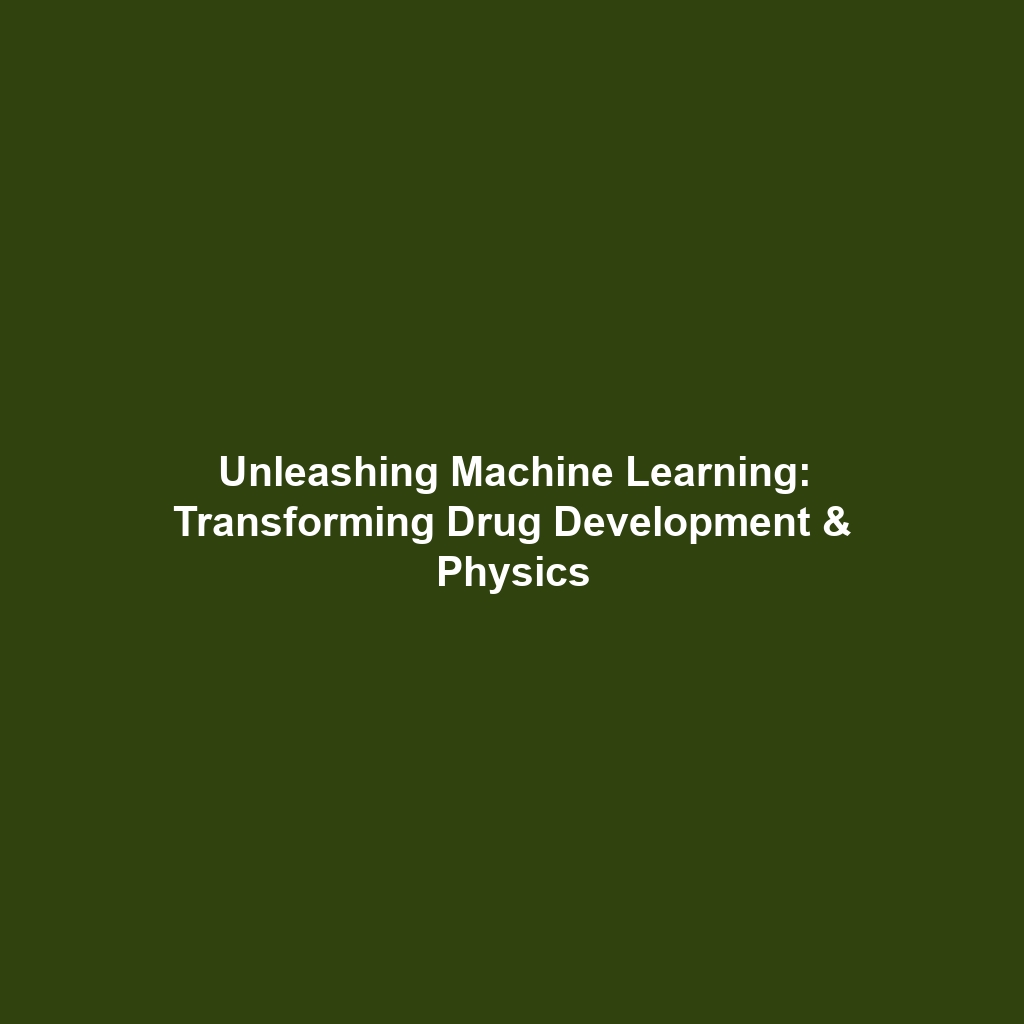Types of Black Holes: An In-Depth Overview
Introduction: Black holes, one of the most captivating phenomena in astrophysics, come in various forms that significantly influence our understanding of the universe. The classification of black holes is crucial as it helps scientists decode mysteries surrounding gravitational pull, spacetime, and the evolution of galaxies. This article will delve into the distinct types of black holes—namely stellar, supermassive, intermediate, and primordial black holes—exploring their characteristics and importance in the broader context of black hole research.
Key Concepts
Understanding the different types of black holes is essential for comprehending their roles in cosmic structures. The major concepts include:
Stellar Black Holes
Stellar black holes are formed from the remnants of massive stars after they have exhausted their nuclear fuel and undergone supernova explosions. Typically, they have a mass ranging from 3 to 20 solar masses. They are vital in studying the life cycles of stars and the mechanics of gravitational collapse.
Supermassive Black Holes
Supermassive black holes, found at the center of galaxies, can have masses ranging from millions to billions of solar masses. Their formation mechanisms are currently subjects of research, but they are believed to be linked to the evolution of galaxies, playing a pivotal role in galaxy formation and dynamics.
Intermediate Black Holes
Intermediate black holes, having masses between stellar and supermassive black holes, are theorized to exist but remain elusive in observational astronomy. Their identification could provide insights into the transition between stellar and supermassive black holes.
Primordial Black Holes
Primordial black holes are hypothetical black holes that may have formed shortly after the Big Bang. They pose intriguing questions regarding the early universe and could potentially provide clues to dark matter.
Applications and Real-World Uses
The applications of types of black holes extend into various fields of astrophysics and cosmology:
- Gravitational Wave Astronomy: The detection of gravitational waves from colliding black holes offers insights into the nature of gravity and the universe’s expansion.
- Galaxy Formation Models: Understanding the influence of supermassive black holes on galaxy formation aids in developing accurate cosmological models.
- Dark Matter Research: Investigating primordial black holes could shed light on dark matter candidates and unify particle physics with cosmology.
Current Challenges
The challenges of studying types of black holes include:
- The difficulty in detecting intermediate black holes due to their elusive nature.
- Theoretical uncertainties in the formation mechanisms of supermassive and primordial black holes.
- Technological limitations in generating and interpreting data from gravitational wave observatories.
Future Research and Innovations
Ongoing and future research aims to explore the complexities of types of black holes through various innovative approaches:
- Advancements in observatories will improve detection of gravitational waves, enhancing our understanding of black hole mergers.
- Research into quantum gravity may bridge gaps in knowledge about black holes and their interactions with spacetime.
- Simulations of early universe conditions could potentially uncover evidence for primordial black holes.
Conclusion
In summary, the various types of black holes—stellar, supermassive, intermediate, and primordial—offer unique insights into the universe’s structure and evolution. Understanding these types is critical for advancing astrophysical research and addressing fundamental questions about gravity and cosmology. For further exploration on black holes, consider reading about Stellar Black Holes and Supermassive Black Holes.






